The so-called “Security Agreement” is, in essence, a roadmap for the goal of dividing Syria into four parts.
The so-called “Security Agreement” is, in essence, a roadmap for the goal of dividing Syria into four parts.
By Adem Kılıç, Political Scientist / Author
The negotiations on a possible Israeli-Syrian security agreement, which will reshape the delicate balances in the Middle East, stand out as a process in which historical conflicts and struggles for strategic influence in the region are once again on display.
According to information reported by US and Israeli media, especially over the last week, Israeli Prime Minister Benjamin Netanyahu, guilty of genocide, is holding talks with Syria for a so-called security agreement and will take various steps regarding the possible scope of the agreement within the scope of the UN Summit to be held in Washington in the coming days.
Israel’s primary aim with this so-called security agreement is to move away from the limitations of the 1974 “Separation of Forces Agreement” and to reorganize its expansionist steps in southern Syria to its own advantage with the so-called “security zone” or “buffer zone.”
Its ultimate goal is to first establish a so-called Druse region, which would divide Syria’s territorial integrity.
Israel wants to first establish a demilitarized Druse zone in this region and then, after biding its time (5-10 years), implement a so-called Druse state. For Israel, the only option that will pave the way for expansion to Mount Hermon and beyond is an unstable Syria and useful groups.
Tel Aviv’s insistence on its presence on Mount Hermon, also known as Jabal al-Shaikh, demonstrates its intention to maintain its strategic dominance in the region, which the UN defines as an occupier, but which Trump recognizes as nominal Israeli territory in the Golan Heights.
In this way, Israel aims to expand the buffer zone, create three demilitarized zones, and gain air control up to the outskirts of Damascus.
This step will not only restrict the Syrian army’s maneuverability but also increase Israel’s regional intelligence and military depth by opening an air corridor across the Iraqi border to Iran. In other words, it will lay the foundations for another of Israel’s dreams in Syria, the David Corridor.
However, it has long been known that Israel is trying to expand its influence inside Syria by leveraging its relations with Druse groups and paramilitary structures on the ground, such as the SDF, an extension of the terrorist organization PKK/YPG.
Israel also seeks to advance its longer-term goals by undermining stability in Syria through these groups.
Syria’s demands and emphasis on sovereignty
The Sharaa regime, which came to power in Syria after decades of Assad’s oppression from Hafez Assad to Bashar Assad and is trying to unite all parts of the country with the support of Türkiye, wants Israel to return to the 1974 “Separation of Forces Agreement” and withdraw from the occupied Golan Heights.
Syria also wants the agreement, which Israel violated despite UN approval, to be implemented again under international supervision, security arrangements affecting the country’s territorial integrity to be independent and monitored, and the process to be concluded without conflict.
Indeed, the statements made by Syrian President Ahmed Sharaa since he came to power indicate his intention to reach a compromise aimed at reducing tensions on the border through a possible security agreement and establishing a cautious approach against Israeli attacks.
However, this continues to be a delicate negotiation-conflict dilemma due to Israel’s persistent stance on its occupation of Mount Hermon and the Golan.
The goal of the deal!
In light of all these conditions and developments, it appears that an agreement dictated by Israel, with the US behind it and threatening to implement military and political measures, including sanctions on Syria, will only serve Israel.
Because the intense pressure from the US in the so-called negotiations aims to force Damascus to agree to a dictated agreement, and this agreement will form the basis of Israel’s goal of dividing Syria into “Druze” in the South, so-called “Kurds” in the North, “Alawites” in the West, and “Sunnis” in the center as a dysfunctional central administration, and to implement the David Corridor.
This is part of Washington’s strategy to both guarantee Israel’s security in the Middle East and establish “sufficient stability” in Syria.
While the proposal presented by the US through its Special Representative for Syria, Tom Barrack, appears to be aimed at balancing Israel’s military and diplomatic demands with Damascus’ sovereignty demands, this is precisely the long-term goal on the ground.
Conclusion
Although the potential security agreement between Israel and Syria ostensibly aims to reduce tensions and establish a buffer zone, it clearly reveals Israel’s expansionist policies and desire to maintain its influence in the region.
Relations with the Druse groups and the SDF, formed by the PKK/YPG, are now more prominent as groups that serve Israel’s operational objectives on the ground.
While this potential agreement would provide limited “stability” for both sides in the short term, it would not lead to a lasting peace or a true sovereignty arrangement.


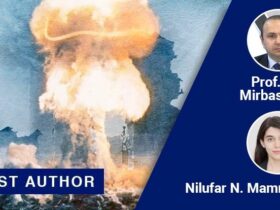
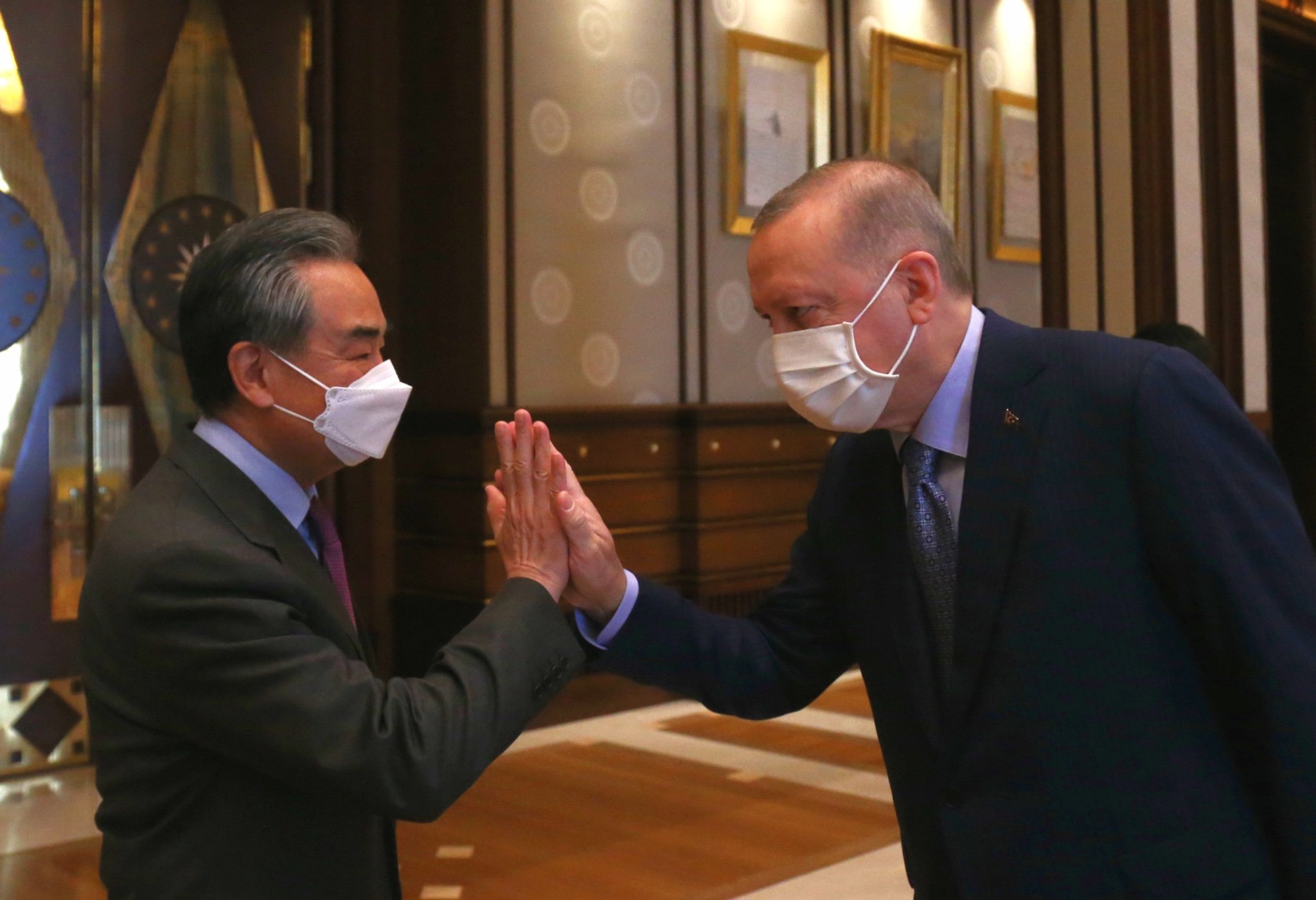




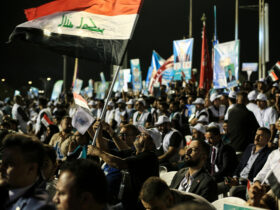



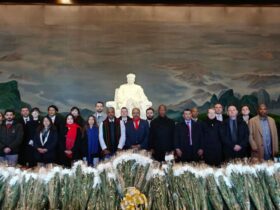
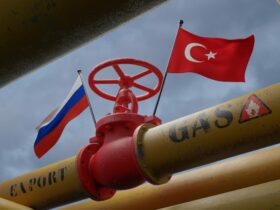
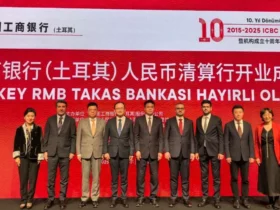

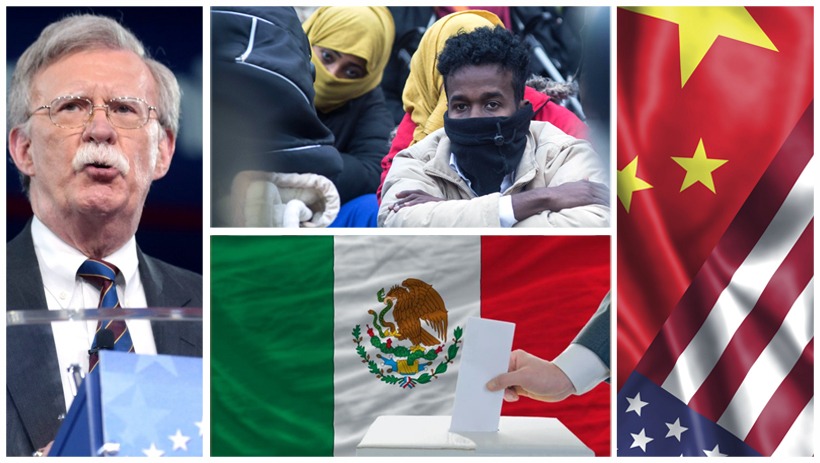
Leave a Reply